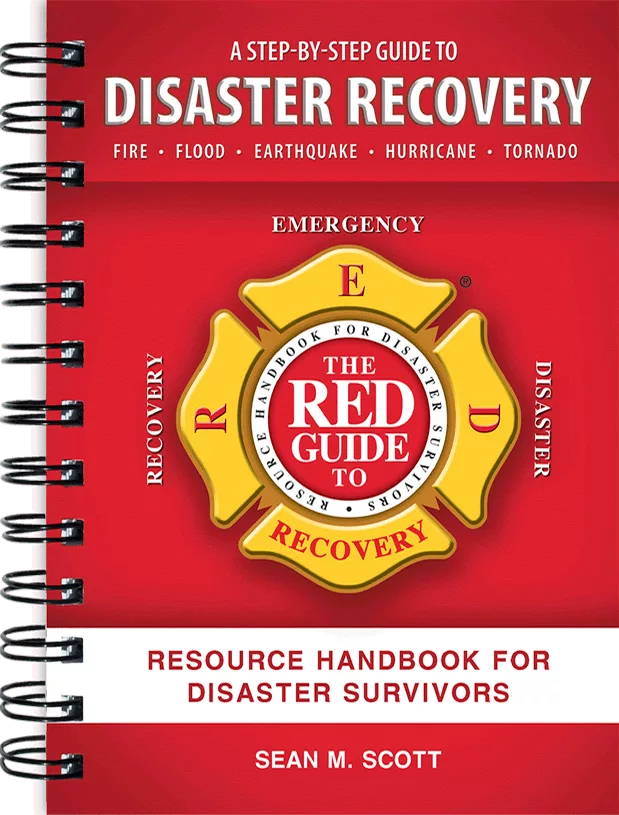Unwelcome Guests at the Dayton Inn: A Case Study

Restoration jobs can run the gamut, from routine and simple to complex and full of challenges. In the autumn of 2009, Jason Barck opened the scuttle hole of an aging inn and found a little of both.
When constructing the historic Seth Dayton Stagecoach Inn near Bouton, Iowa 141 years ago, the proprietors probably had a few ideas about the types of guests the building would welcome. Travelers were primarily dependent on steamboats, stagecoaches and horseback.
However, the great migration of settlers across the American plains required more reliable and safer transportation, and the arrival of a railroad line in Council Bluffs in 1867 helped spell the end of stagecoaches and the inns that serviced their customers.
During its tenure as a stagecoach inn on the Des Moines-to-Fort Dodge route, Dayton House saw thousands of travelers. Immigrants seeking opportunity on the West Coast; farmers and ranchers; families and entrepreneurs all walked its halls and occupied its rooms.

For a number of years after the close of the stagecoach routes, Dayton House served as a private residence and then as a rental home. For many of those years, its human tenants were not alone. Housed above them in the cramped attic lived a colony of bats.
The bats, more than likely a mixed-colony of Big Brown and Small Brown bats, did what most bats do: each sunset they took to the skies and provided invaluable pest control, devouring untold numbers of insects. After feeding, they returned to the Dayton House attic through numerous small holes in the roof. Year after year, their droppings (guano) were deposited on the floor and subfloor below.
“We were conscious of the delicate nature of the work at hand,” Barck, the owner of Rainbow International Restoration and Cleaning of Des Moines, said. “Working hand in hand with the Dallas County Parks and Recreation Department, which oversees restoration and planning for Dayton House, we committed to following strict safety protocols, exceeding the expectations of the customer and respecting the age and historical value of the inn.
“We’d done animal contamination restoration jobs due to pigeon infestation before,” Barck said. “But the circumstances and environment of this job meant additional challenges.”
To ensure strict safety procedures and protocol, the attic was considered a biohazard clean-up scene. Barck and his team applied OSHA Level C protection guidelines to the work area at all times, requiring air purifying respirators.

“Not having to deal with the actual removal or the bats was a plus for us,” he said. “We later came to find that the county waited till autumn to call us for a reason. The majority of bats in colonies such as this are Small Brown bats which migrate to other locations for the harsh winter months. Likely the one bat we did find alive in the attic was a Big Brown bat, which prefers to burrow in and wait out the colder months.”
Able to focus solely on the removal and restoration of guano and other debris, Barck’s team proceeded. Both levels of the attic had at least 8 and in some places up to 24 inches of guano and debris, including cellulose, old insulation, small pieces of wood framing and fallen roofing. These materials had to be dealt with first to get at the larger job of guano removal.

Barck also prepped work by applying Microban QGC, a multipurpose disinfectant cleaner effective against a variety of bacteria, viruses, molds and mildew, to all exposed surfaces in the attic.
“Our entire approach was safety-focused,” Barck added. “The tight working space and large quantities of guano necessitated strict adherence to full safety procedures. Keeping my team and other people working in the structure safe was paramount.”

The fungus is primarily found in soil and material contaminated by bird and bat droppings. Common locations include poultry houses, caves, bird roosts and any area inhabited by bats.
Barck’s crew wore full Tyvek suits as a toxic particle barrier and Nitro gloves covered with an additional protective layer of latex gloves. Two workers were in the attic at all times. For air filtration, Barck used an ACSI Force Air 2000 air scrubber.
The work took a team of three eight total days to complete. Three days were required to remove the initial debris before work on guano restoration could begin. Using a Meyer Versa-Vac, the team set up collection bags in dumpsters to avoid later hauling. In excess of twenty cubic feet of debris and guano was removed in total.
“Removing the building debris was the first step before we could really tackle the guano,” Barck said. “When that part of the job was at hand, we found the limited space in the attic and budget requirements meant hand-removal was the best option.”
Barck and his crew worked in the cramped conditions scraping and chiseling out the inches and feet of guano. Working in the fall had other benefits as well. “It never got hotter than 75 degrees up there,” said Barck. “We took frequent breaks for hydration and to stretch our bones, but I’d wager if would have been a lot less comfortable doing this in July as opposed to late October.”

Barck and his company were called in on a referral by Bob Myers, Dallas County Park Ranger and Biologist. “We were very pleased with the speed and quality of the work done,” Myers said. “Given that this was probably a 100-plus year bat infestation, there’s virtually no lingering malodors and the restoration of the inn can continue safely.
Work continues to plug up all possible points of entry for the colony once it returns in the spring.
“Bats are resilient creatures,” Myers said. “Upon finding this location inaccessible, they will rapidly find another. They have an incredible talent for using both natural and man-made environments to their advantage.” The county plans to turn Dayton House into a multipurpose facility with possible options including a museum for tours and special programs, an educational retreat or maybe even a bad and breakfast.
Looking for a reprint of this article?
From high-res PDFs to custom plaques, order your copy today!




